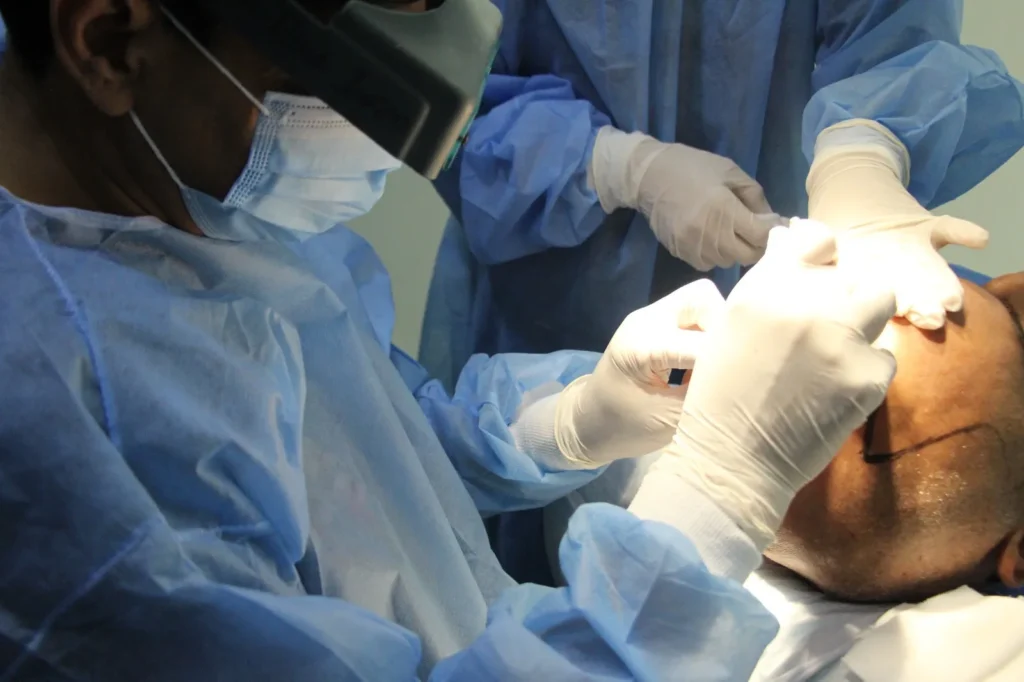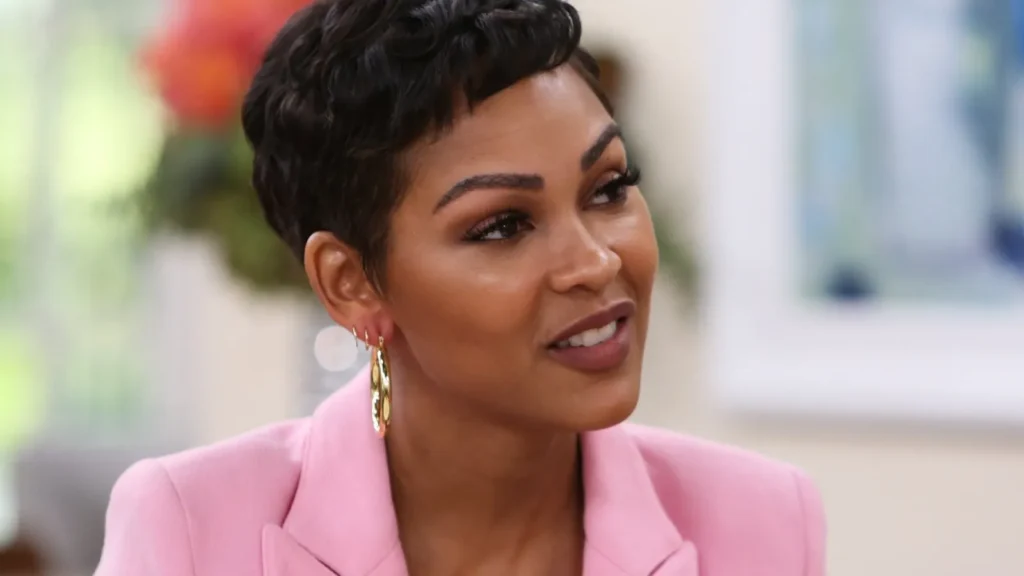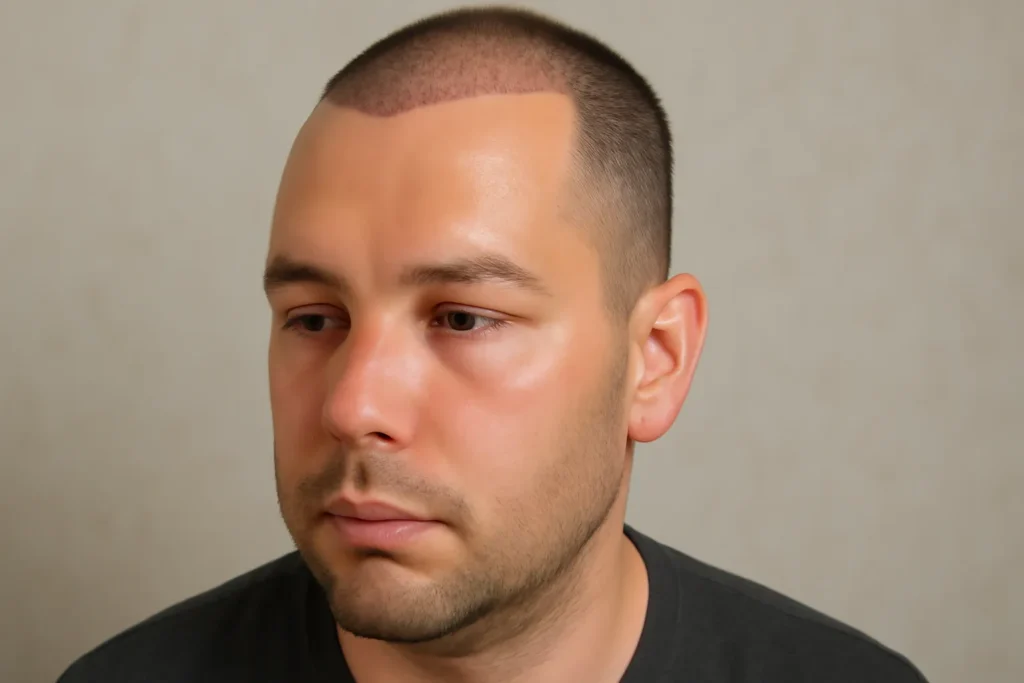Hair loss isn’t just a male issue—many famous women silently struggle with thinning hair and receding hairlines. Female celebrities with hair transplants are now speaking up and embracing the transformative power of medical hair restoration.
In this guide, you’ll discover real cases of celebrity hair transplants, learn what drives women to seek these procedures, and get expert insights into recovery and results. With trusted guidance and medically accurate info, you’ll feel informed and empowered to explore your own hair restoration journey.
What Is a Hair Transplant?

A hair transplant is a minimally invasive surgical procedure that relocates hair follicles from denser areas (usually the back of the scalp) to balding or thinning zones. It’s one of the most effective long-term solutions for female pattern baldness, traction alopecia, and receding hairlines.
FUE vs. FUT Techniques Explained
- FUE (Follicular Unit Extraction): Individual follicles are extracted and transplanted. Leaves minimal scarring and promotes faster recovery.
- FUT (Follicular Unit Transplantation): A strip of scalp is removed and dissected into grafts. More suitable for extensive restoration, but may leave a linear scar.
How Hair Transplants Work for Women
Women often experience diffuse thinning rather than localized bald spots. A personalized evaluation helps determine the suitable donor area, graft number, and technique. Eyebrow and hairline restoration are also common among female patients.
Why Do Female Celebrities Get Hair Transplants?
Hair is closely tied to identity and public image, making hair loss particularly challenging for female celebrities. Here’s why many opt for transplants:
Traction Alopecia from Extensions & Styling
- Jennifer Aniston, Fergie, and Naomi Campbell all experienced hair loss due to tight hairstyles, braids, and extensions that damage the follicles over time.
Hormonal & Stress-Related Causes
- Celebs like Irina Shayk and Keira Knightley reportedly faced thinning due to hormonal imbalances, postpartum shedding, and extreme stress, common triggers in the spotlight.
Overuse of Dyes, Wigs, and Chemicals
Regular coloring, straightening, and wig use weaken the hair and scalp, contributing to long-term hair thinning.
Eyebrow Transplants
- Meagan Good publicly shared her decision to undergo an eyebrow transplant after years of over-plucking, inspiring others with similar insecurities.

Celebrity Case Studies
Jennifer Aniston
Years of tight ponytails and constant straightening led to visible hair thinning. While she’s never directly confirmed a transplant, comparisons suggest density restoration in her hairline.
Fergie Duhamel
Her love for cornrows and high-tension styles resulted in traction alopecia. Speculation around her restored hairline suggests professional help.
Naomi Campbell
Seen with bald patches in the early 2010s, Naomi is now seen with full, lush hair, likely a result of advanced restoration.
Keira Knightley
She confessed to hair loss from years of dyeing for movie roles. While wigs covered the damage for a time, natural regrowth hints at medical intervention.
Oprah Winfrey, Irina Shayk, Tyra Banks
Each has faced public scrutiny and rumors, yet their current appearances suggest expert-led recovery from significant thinning.
Meagan Good
Open about her eyebrow transplant journey, she’s helped normalize cosmetic hair restoration among women of color.
Hair Transplant Process & Recovery
Step‑by‑Step Procedure Overview
- Consultation & Diagnosis
- Donor Area Preparation
- Graft Extraction (FUE or FUT)
- Graft Implantation
- Post-op Dressing & Instructions
Typical Recovery Timeline
- Day 1–3: Redness, swelling, minor scabbing.
- Week 1–2: Shedding phase begins.
- Weeks 3–4: Hair enters the resting phase.
- Months 3–6: Noticeable new growth.
- Months 9–12: Full results appear.
Safe Recovery Tips
- Sleep on an incline.
- Avoid touching or scratching grafts.
- Use only prescribed shampoo and medications.
Risks & Side Effects
Common Complications
- Scabbing and itching
- Temporary swelling or numbness
- Minor bleeding

Scarring Risk & Choosing an Experienced Surgeon
Improper technique can lead to patchy results or permanent scarring. Choosing a qualified, experienced surgeon is critical, especially for female hairline design.
Why Post-Op Follow-Up Matters
Follow-up visits help track healing, manage complications, and adjust post-care regimens.
Results & Expectations
When Do Results Start to Show?
Most women see visible growth by Month 3, with full volume between 9–12 months.
How Long Do Transplant Results Last?
Hair follicles from the donor area are genetically resistant to shedding, offering permanent results with proper care.
Maintenance Tips
- Use sulfate-free shampoo
- Avoid tight hairstyles
- Stay hydrated and eat a hair-healthy diet
FAQs
Does a hair transplant hurt?
Discomfort is minimal. Local anesthesia is used, and most patients report only mild soreness post-procedure.
Is it suitable for women?
Absolutely. With proper diagnosis, women with traction alopecia or patterned thinning are excellent candidates
How much does it cost?
Costs vary by location and grafts. In Pakistan, expect between PKR 90,000–250,000 depending on the clinic and method used.
Can I wear extensions after a transplant?
It’s best to avoid them for 6–12 months to protect new follicles.
Does insurance cover this procedure?
Usually no, as it’s considered cosmetic. But eyebrow restoration post-injury may be partially covered.
Ready to take the next step
Ready to take control of your hair health, just like the stars? Book a consultation with Dr. Rana Irfan, an ABHRS and ISHRS certified surgeon in Islamabad today and discover if you’re a candidate for advanced, natural-looking hair restoration.
